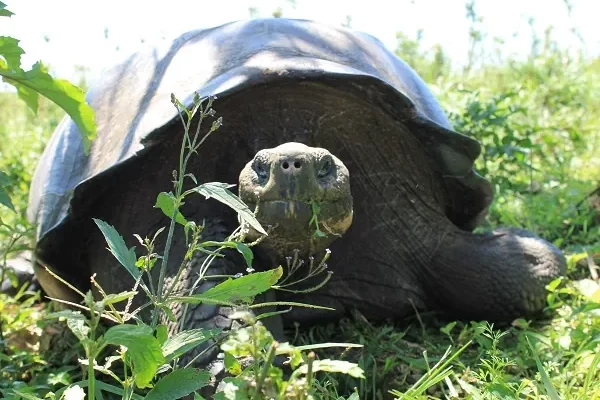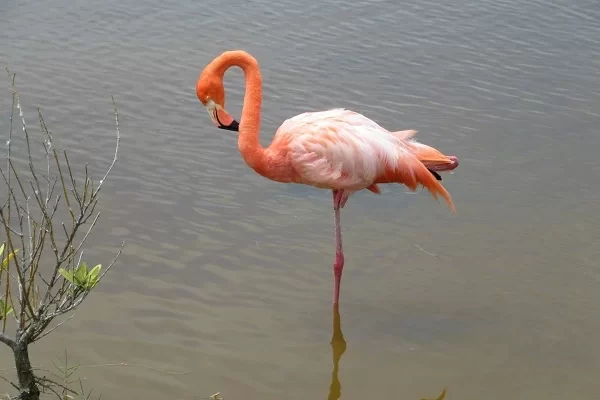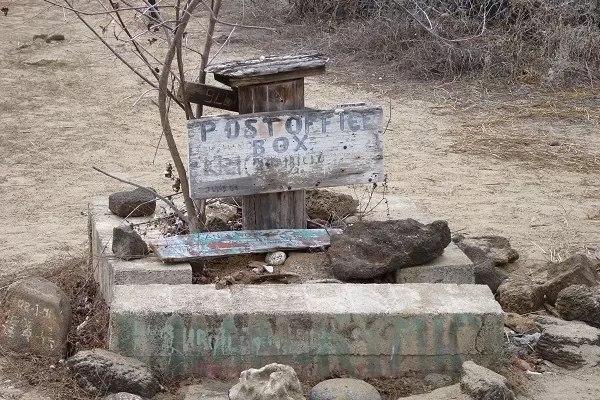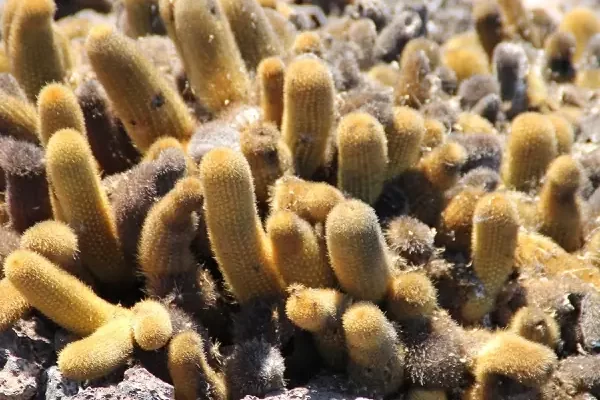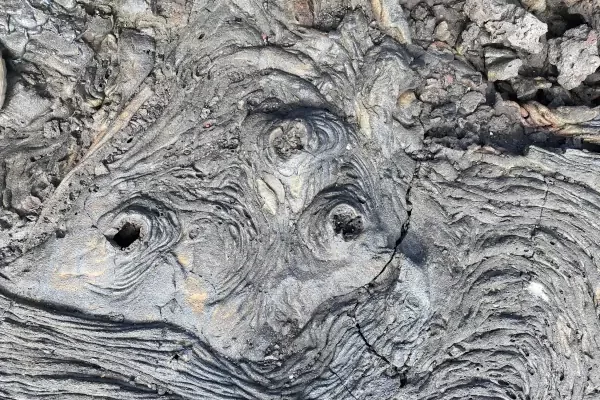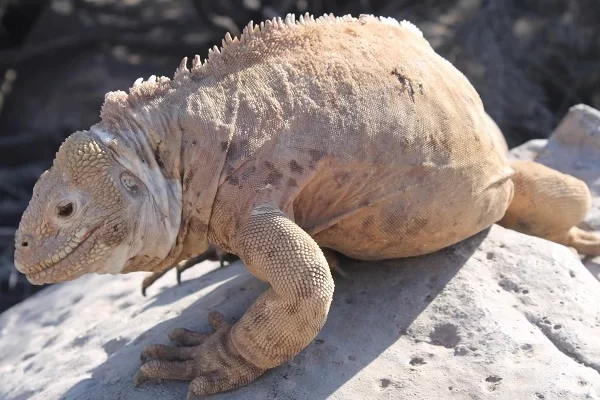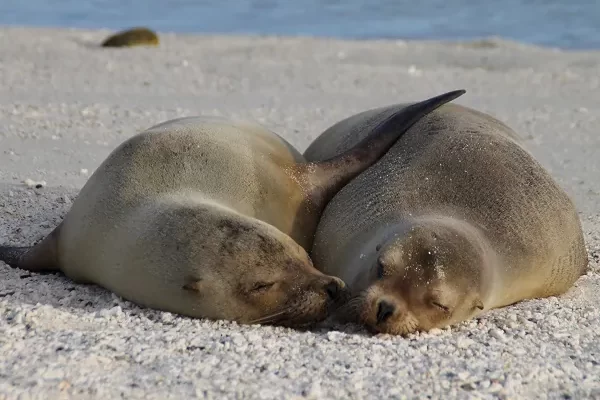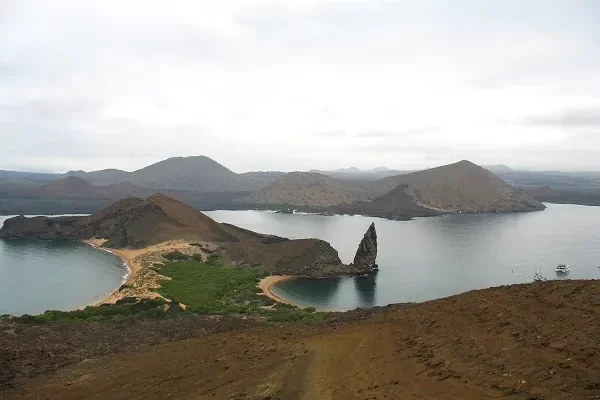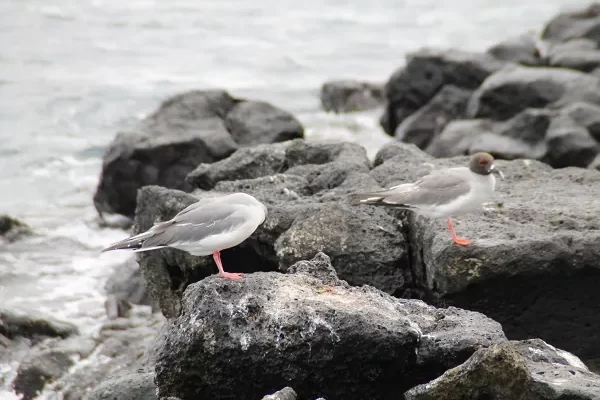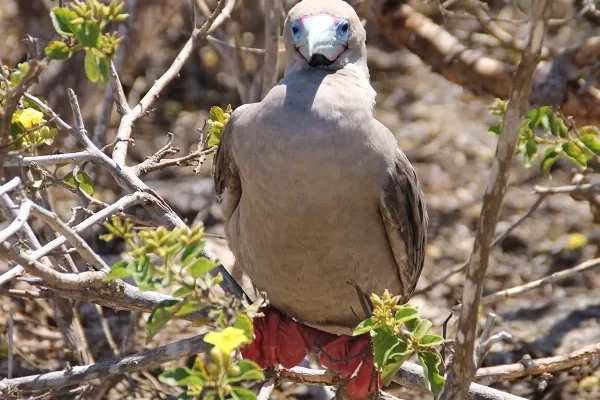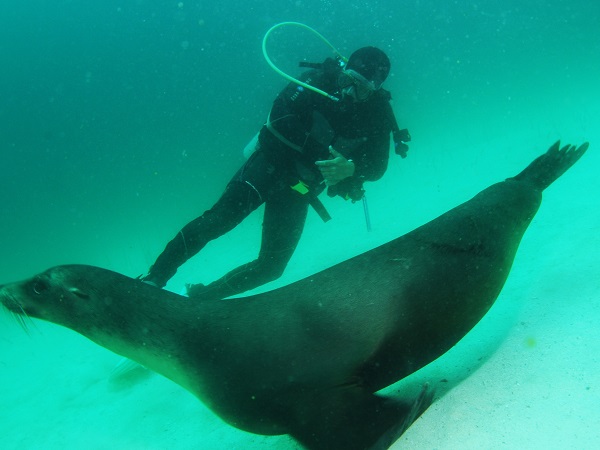Discover the fascinating charm of the Galapagos Islands on our exciting and breathtaking excursions. Our excursions offer you the opportunity to explore the most fascinating corners of this archipelago, known for its endemic species and extraordinary volcanic vistas.
Accompanied by our expert guides, you will experience unforgettable adventures ranging from leisurely strolls among magnificent turtles to exciting diving expeditions among the vibrant tropical marine life and curious marine iguanas. Every moment in the Galapagos Islands promises a unique and unforgettable encounter. Embark on an extraordinary journey with our Galapagos tours and discover the reasons why this destination is a nature lover’s paradise. Contact us today to book your experience and be enchanted by the magical wonders of the Galapagos Islands – your extraordinary adventure starts now!
Information about the Islands
Discover the captivating Galapagos Islands with us! Explore beyond the ordinary as we unveil the unique charm of each island. Our overview focuses on islands boasting over one square kilometer of area, ensuring you experience the best of island hopping, cruising, or diving adventures. Embark on a journey to these extraordinary destinations, each offering distinctive visitor attractions waiting to be explored.
Inhabited islands
The island of Santa Cruz is one of the main islands of the Galapagos. Here, you can observe giant tortoises in their natural habitat. Dreamy white beaches invite you to swim, snorkel, and stroll. Additionally, you can learn about the conservation of these unique islands here.
Located in the eastern part of the Galapagos Archipelago, San Cristobal Island boasts a relaxed atmosphere and offers diverse opportunities for tours to hidden beaches, spectacular rock formations, and magnificent viewpoints. The intriguing Interpretation Center is also definitely worth a visit.
Few of the Galapagos Islands have experienced such a tumultuous history as Floreana. Evidence of this history remains today, such as a historic mailbox. From the Baroness’s Lookout, you can oversee vast stretches of the island, and at Cormorant Point, you can stroll across both flour-like sand and green olivine sand.
Uninhabited islands
The western Galapagos island of Fernandina remains almost entirely untouched. Regular volcanic eruptions continue to shape its landscape to this day. At the sole visitor site, Espinoza Point, you’ll be greeted by a colony of marine iguanas. On this promontory, you’ll also encounter the endangered flightless cormorants along with a plethora of other seabirds.
The fourth-largest Galapagos island, Santiago, was a favored stopover for pirates and whalers. Later, it also became a site for salt mining. Unfortunately, introduced animals such as pigs and donkeys severely disrupted the island’s ecosystem. Through targeted conservation efforts, including the reintroduction of land iguanas, the ecological balance of the island has been gradually restored.
Española is situated in the far southeastern corner of the Galapagos Archipelago. There are two fascinating visitor sites on the island: at Gardner Bay, you can stroll on the white sand amidst sea lions. Suarez Point is the world’s only nesting site for Galapagos Albatrosses. You’ll also likely encounter nesting Nazca boobies here. Additionally, there is a blowhole where the spray shoots up into the air.
Santa Fe is considered one of the oldest Galapagos islands from a geological perspective. It is home to two endemic species: the Santa Fe land iguana and the Galapagos rice rat. Characteristic of the island are the forests of prickly pear cacti. These cacti are larger here than on other islands, and their fruits and flowers serve as the primary food source for the iguanas.
The small island of Rábida, located south of Santiago, is particularly fascinating geologically, as it showcases a variety of rock types formed through the crystallization and cooling of magma. High concentrations of iron oxide in volcanic slag give sand and rock their distinctive red color. The island is a significant breeding ground for brown pelicans.
The crescent-shaped island of South Plaza was formed by uplifted seabed. Despite its small size, it boasts high biodiversity. A defining feature is its carpet of sesuvium, which blankets large portions of the island and varies in color from bright green to red depending on the season. Amidst this, the towering opuntias prominently dot the landscape.
Bartolomé is less renowned for its vegetation and more for its astonishing landscape dominated by volcanic formations. The iconic Pinnacle Rock stands out as a popular photography subject which can be seen from far away. Additionally, the coast and surrounding rocks host a significant colony of Galapagos penguins.
North Seymour Island, located north of Baltra, is among the smallest of the Galapagos Islands. However, it boasts the largest colony of frigatebirds and a significant population of blue-footed boobies. The island serves as a crucial breeding ground for both species. Additionally, there is a substantial presence of swallow-tailed gulls.
Genovesa Island, also known as Bird Island, lies 115 km away from the other islands. The Darwin Bay in the southern part of the horseshoe-shaped island is the result of the collapse of the caldera and is home to numerous seabirds and sea lions. From Prince Philip’s Steps, visitors can enjoy a magnificent view of the entire island.
Galapagos is one of the most popular diving destinations in the world and is even one of the seven underwater wonders of the world. For divers with some experience, there is an incredible amount to discover. Particularly significant are the islands of Pinzon, Wolf, Darwin and Marchena, whose waters can be explored on diving cruises.

